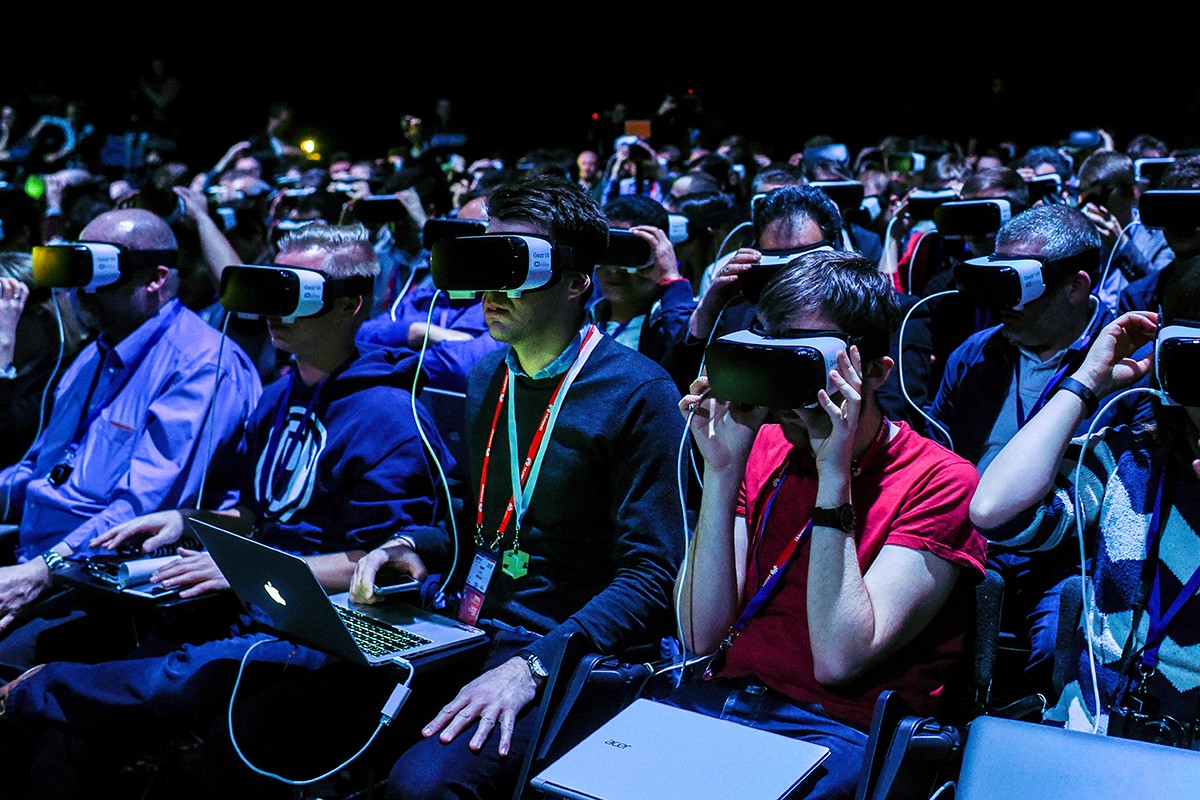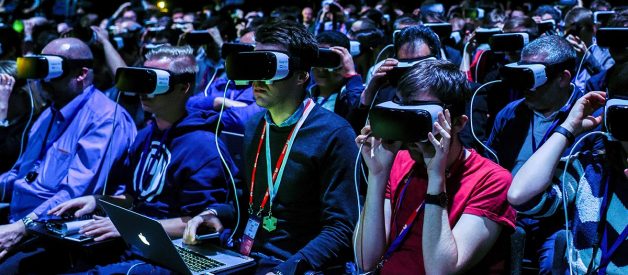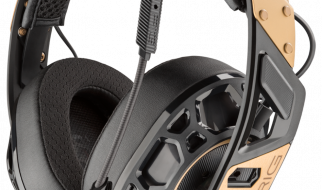We created a quick starter guide to help jumpstart your path to becoming a VR developer.
Why? We believe in immersive content. Developers, storytellers, artists, beginners, etc. all have an opportunity to build immersive experiences using an exciting new technology that literally pushes the bounds of content creation.

Familiarize yourself with the foundations of VR
In general, VR development requires a creative use of spatial thinking. Creating in 3D is inherently based in math: think back to your x,y,z coordinate days from middle school geometry.
Start your VR development journey by borrowing a page from the 3D game development handbook. Why? VR content development is similar to 3D game development in that it the spatial design of a large, immersive 3D worlds that the player/user will traverse on her own.
3D game development/VR development foundations include:
- Learning how to use a 3D game engine (we recommend Unity)
- Creating or importing 3D assets to populate the environment you?re building (consider 3D modeling tools like Maya or Blender or online asset stores like Google?s Poly)
- Programming in that game engine (consider learning C#) to have objects in your designed world interact with each other.
To get your feet wet, consider capturing 360 photos and videos to start developing the muscle of thinking spatially. See some examples of 360 videos that brands made that use 3D space in compelling ways.
Begin your technical training
When it comes to learning Unity, C#, or 3D modeling tools, several tutorials and online communities exist to support you. We?ve linked to a few below:
- Engage with other VR developers
- Learn Unity
- Learn C#
- Develop for Google Daydream/Gear VR (guide is best for people with Android development experience)
- Take a more guided VR Development tutorial
Test your work with the right hardware
Every VR Developer needs to have a test unit to see how the apps work and what bugs need to be fixed. Go off of your budget and what kind of experience you want to develop.
If you want to target casual users of VR, develop for Google Daydream or GearVR. If you want to target premium VR users, develop for Oculus Rift or HTC Vive.
Once you?ve determined your target platform and associated hardware/headset, consider any computing requirements. For Rift and Vive, you?ll likely need to invest in a PC gaming computer that contains a solid graphics card.
Additional recommendations
3D Models:
- Make yourself: Use 3D modeling tools like Blender, Autodesk Maya or Autodesk 3DS Max.
- Scan real objects: Use 3D scanning apps such as DAVID SLS2, Da Vinci or Structure Sense
- Import existing models: Use the libraries of Google Poly, Sketchfab, CGTrader, Free3D or Turbosquid
Toolkits
- If developing in Unity, consider using VRTK (Virtual Reality Toolkit)
- If you want to make VR websites and other 360 experience and you?re a JavaScript pro, consider using Facebook?s React VR library
While the world of VR development can appear challenging, commit to learning cool new skills by experimenting with little projects. Use tutorials, push yourself to think spatially, and most of all, have fun!
Read on the OmniVirt blog


